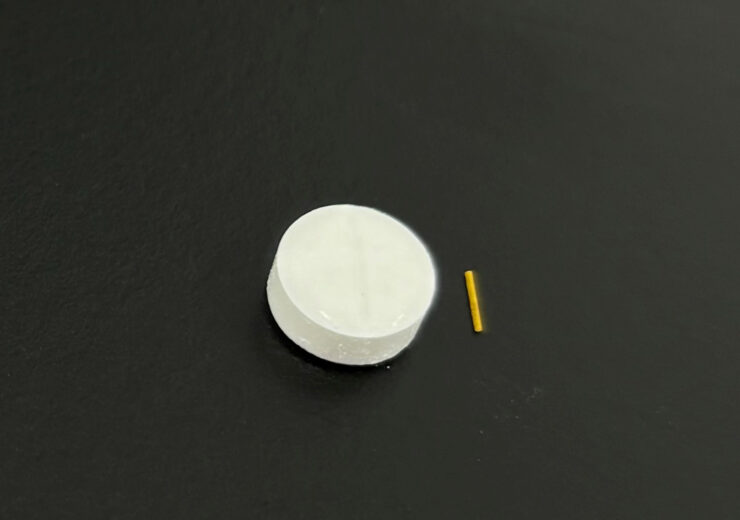First-in-class clinical trial in dry AMD with new drug specifically designed to inhibit inflammasome activation in the eye and to be administered locally via a newly designed sustained release implant system

The investigator sponsored trial brings into the clinic a drug designed to halt the multiple processes that cause GA. (Credit: Business Wire)
Inflammasome Therapeutics (https://inflam.com), a private company, developing a new class of inflammasome inhibitor drugs called Kamuvudines as therapies for prevalent, degenerative diseases, announced the FDA has granted approval for the opening of a Phase 1/2 clinical trial of the company’s drug for the treatment of Geographic Atrophy (GA), the most severe form of dry AMD.
This is the first clinical trial of an inflammasome inhibitor to treat GA. Paul Ashton, CEO of Inflammasome Therapeutics, said, “This is a very important milestone for the company, as it represents the initial clinical trial of several planned for our Kamuvudines in a number of other neuroinflammatory conditions, including Amyotrophic Lateral Sclerosis (ALS), Alzheimer’s Disease (AD) and Multiple Sclerosis (MS).
In GA, the macula – the part of the retina responsible for central vision – slowly atrophies. The condition affects approximately one million people in the US and more than five million worldwide.
The precise cause (or causes) of GA is unknown, but in the eyes of patients with GA (and brains and nervous systems of patients with ALS, AD, and MS) there are elevated levels of toxic substances such as complement, amyloid beta, retrotransposons, iron, and reactive oxygen species.
This year, the first two treatments for GA were approved by the FDA (Syfovre and Izervay). These target different aspects of one of the toxic substances, complement. “While these drugs are much needed treatments in the arsenal for retinal specialists, they are not ideal. They only modestly slow the progression of the disease and increase the risk of developing wet AMD. Furthermore, the drugs need to be injected every 4-8 weeks,” said Dr. Ashton. “While it’s great that these complement inhibiting drugs are having an effect, we believe that targeting a single aspect of the disease may be suboptimal.”
Dr Ashton continued: “Drug development for GA is similar to that for AD where researchers have been targeting one element of the disease. In AD, it’s amyloid beta, and in 2023 a drug was approved in this area that modestly slows the progression of this disease. We are developing Kamuvudines for AD and other central nervous system (CNS) disorders as our drugs target multiple toxic pathways – complement, amyloid beta, iron overload, retrotransposons, etc. – via their common pathway to toxicity, inflammasome activation. We believe this approach will have a more profound effect.” Dr. Ashton confirmed that the company is carrying out additional research on their Kamuvudines in the area of AD and intends to initiate clinical trials in this indication soon.
In the GA trial, patients will receive a tiny sustained release implant (illustration is available) that releases drug directly into the back of the eye for an initial period of three months after injection. The drug was specifically designed for retinal delivery, and the implants and injector system were crafted to deliver this particular drug. This combined drug and delivery strategy allows high, therapeutic doses to be maintained in the eye while the drug is undetectable in the systemic circulation.
Source: Company Press Release
